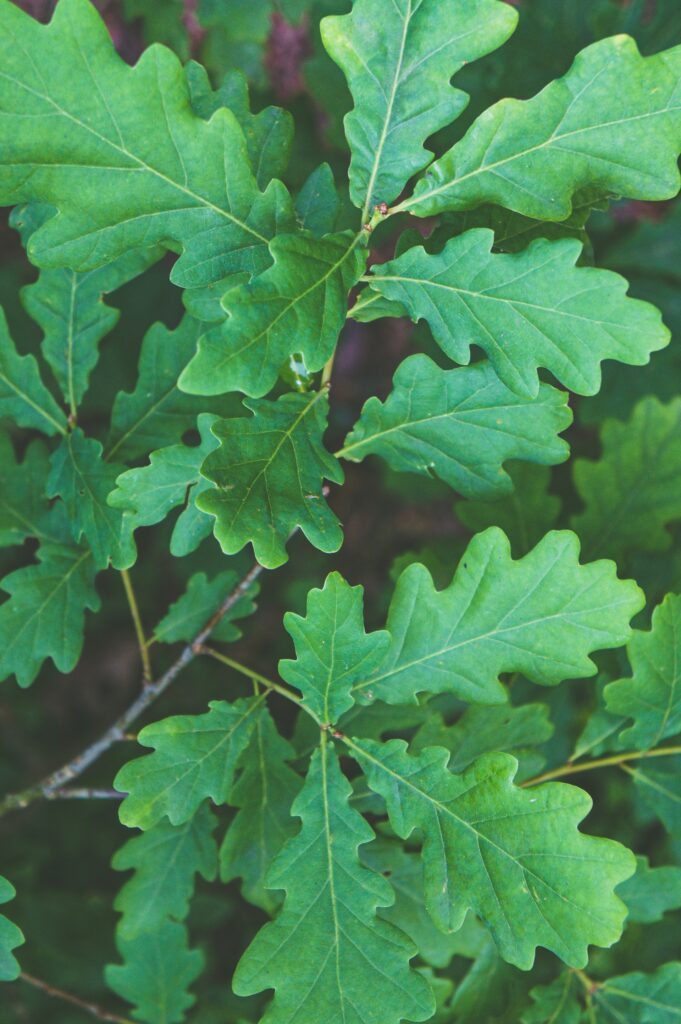Acorns were gathered late fall and could be used in the winter or spring if they were buried when collected.
There are 3 ways to cook it:
- Boiled and split open.
- Boiled, mashed, and mixed with grease.
- Roasted in Ashes.
It is said that bur oak acorns are very good in duck soup. (Densmore, 1926-7, 320, Chippewa)
The bark can be used to bandage a broken leg or foot. The bark has astringent medicine. (H. Smith, 1932, Ojibwe)
